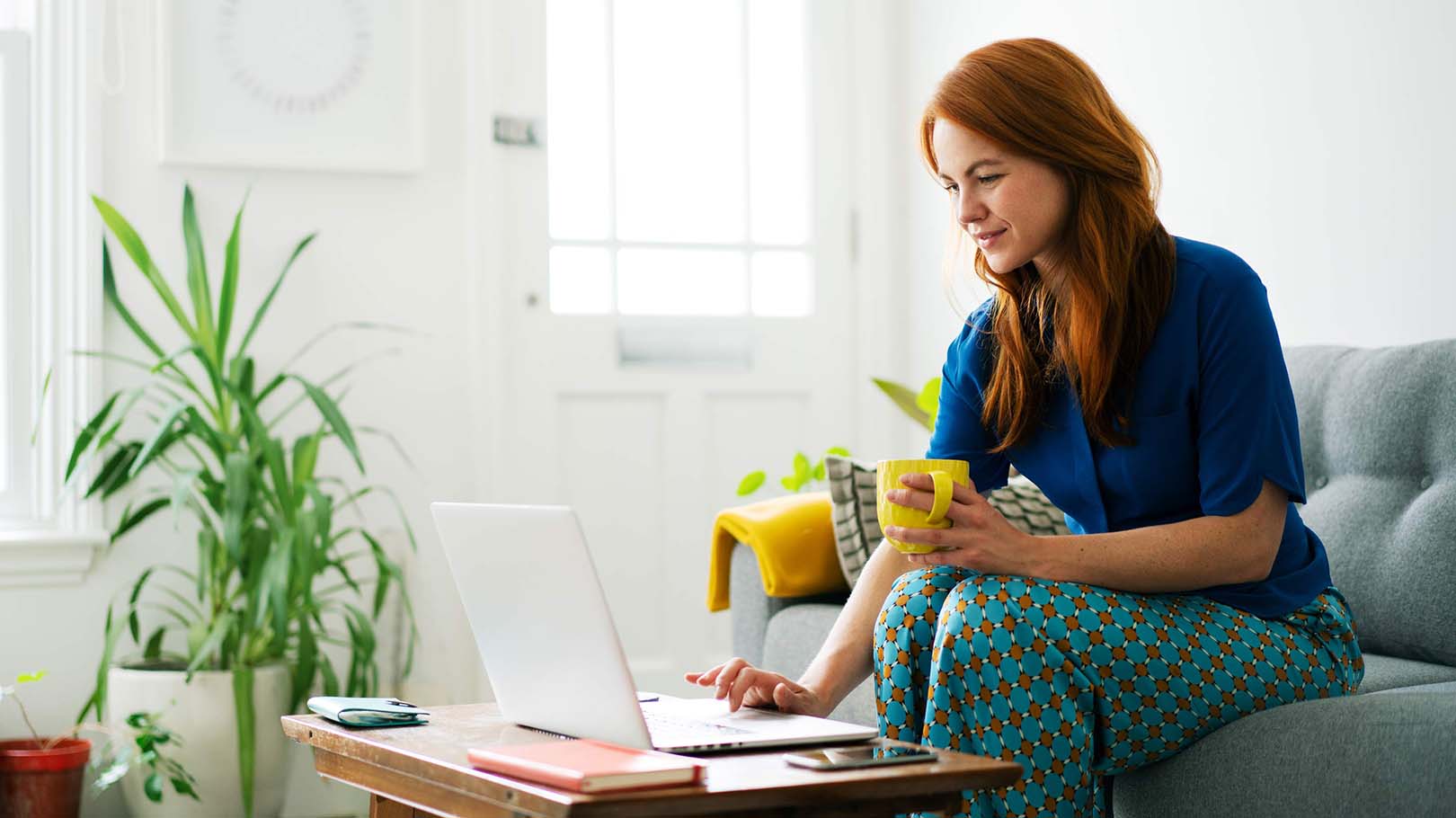Ways to save money for your children
Find out the difference between opening Junior ISAs and using your own ISA allowance.

Something funny happens to us when we become parents. We learn to survive on barely any sleep, and we become aware of things we may have never given a second thought. Things like life insurance, wills, and the best car seat. Ways to protect our children and give us peace of mind too.
We may also find ourselves wondering how to save for their future.
An Individual Savings Account (ISA) could be a great place to start - whether you're looking at the long term or want flexibility to withdraw money. There are a couple of options below, opening a Junior ISA, or using your own ISA allowance.
Open a Junior ISA
Under 18s are entitled to £9,000 of tax-free savings into an ISA every year. A Junior ISA (JISA) is a tax-efficient savings account just for children. So if you've got money to spare and you want to build some savings for your little ones, you could utilise their JISA allowance and open one.
A JISA can also be a great way to teach your children about saving. Many providers have apps that let you and your kids track the interest in real time.
Heads up, though: any money you put into a JISA belongs to your child and can only be withdrawn by them once they turn 18.
Interest rates
Just as there are cash and stocks and shares normal ISAs, there are also two types of Junior ISAs: a Junior Cash ISA, which offers a variable rate of interest, and a Junior Stocks and Shares ISA, which does not pay interest, but instead offers the potential for returns based on the performance of the stocks and shares your money is invested in.
Cash or Stocks and Shares?
A Cash ISA is generally considered a lower-risk option, since your money will grow as long as the interest rate is above 0%. A Stocks and Shares ISA, meanwhile, has the potential to provide a greater return over the longer term than a Cash ISA, although there is more risk. As with all investments, the value can go down as well as up and you may get back less than you put in.
Experts recommend investing for at least five years: as investing comes with more risk, any less than that may not offer sufficient time to ride out the ups and downs of the market.
Whether you go for a Cash JISA or Stocks and Shares JISA could depend on how old your child is when you open it and how long your child intends to keep saving or investing into it past their 18th birthday. If they're 14 or 15, for example, a Cash ISA might be better because it might only be open for three or four years until your child is 18.
That's not really long enough to expect a positive return on investment with a Stocks and Shares ISA, but you'll get a return with a Cash ISA, albeit a low one. You just need to be aware that inflation will reduce the buying power of your money, particularly if the interest rate is less than the rate of inflation.
If you open an ISA when your baby is born, on the other hand, you'll have 18 years to invest. So a Stocks and Shares ISA could be a better option to try to make that pot of money grow as much as possible. As a parent, you may be put off by the thought of investing your children's money — due to the risk involved. But remember that you have an 18-year window to invest in order to weather those stock market dips.
Use your own ISA
With a JISA, you don't get to decide how the money is spent once your child turns 18: the money is theirs, so that decision is theirs too. If you want some more certainty on how your savings are spent, opening an ISA in your own name could be an option.
A bigger allowance
Over 18s get a £20,000 ISA allowance every year. Allocating part of that to saving for your children could be a good way to make the most of it.
Flexibility
Unlike JISAs, you can access the money in your ISA if you need to. You could use your own ISA for things your kids will need in the short term: starting high school could mean paying for school trips abroad, for example, or your child might want to buy a musical instrument or a laptop, or indulge in an expensive hobby.
More control
If you know you want to help your children out with something specific, like a deposit for a house or money for a wedding, saving your money in your own ISA means you don't have to hand over a lump sum to your 18-year-old and hope for the best. Instead, you can save your money in your ISA until your kids need it most.
Choosing to invest
New to the world of the Stocks and Shares ISA or JISA? Here are a few things you might like to know.
Investing doesn't have to be complicated
You don't need to be a finance professional to start investing. You can open a Stocks and Shares ISA or JISA using an investment platform. Many platforms do the hard work of choosing investments on your behalf. All you have to do is choose how risky you want to get with your investments and make sure you regularly review your investments and their performance.
Investing can be done little and often
You don't need a big lump sum to get started with investing. In fact, paying a little bit in regularly is a great habit to get into. It has the added bonus of trying to cushion your investment against market falls — an approach known as pound- cost averaging. It works because some months your investments will be more expensive if the market is doing well, but sometimes they will be cheaper if the market is down. So the cost of your shares should average out over time.
Ready to start saving for your children? Take a look at the Aviva Stocks & Shares ISA or explore a Junior ISA from our partner Wealthify.



